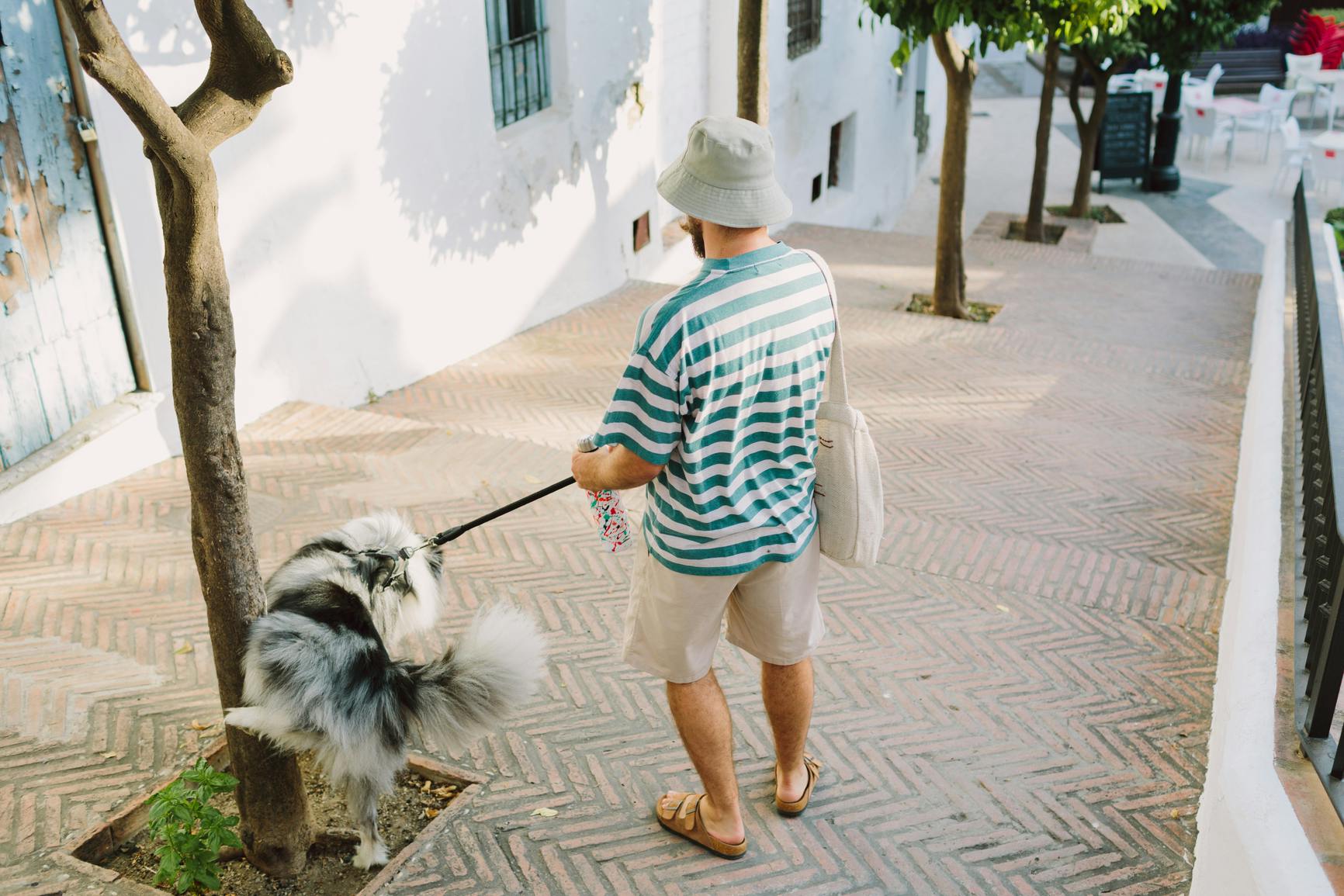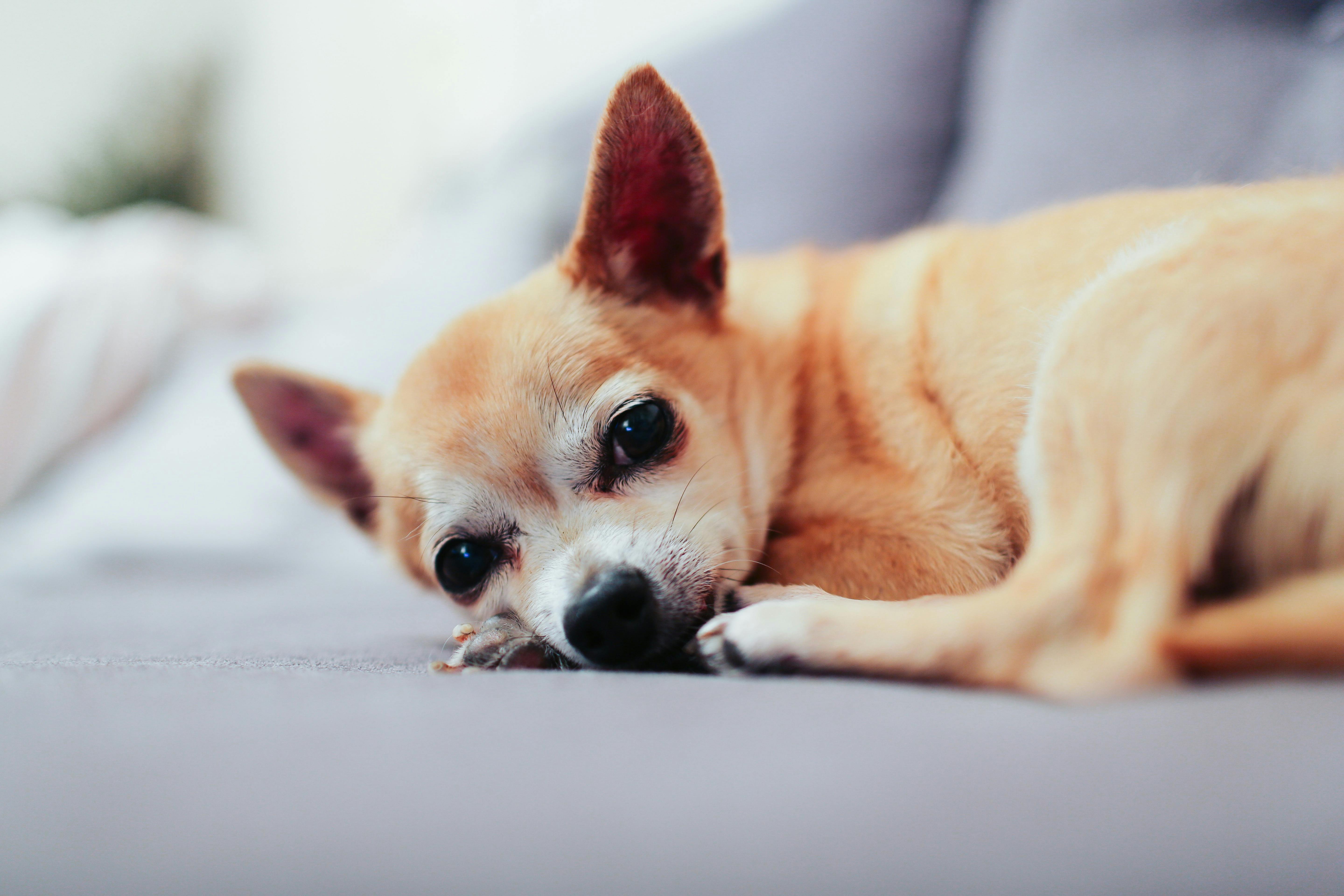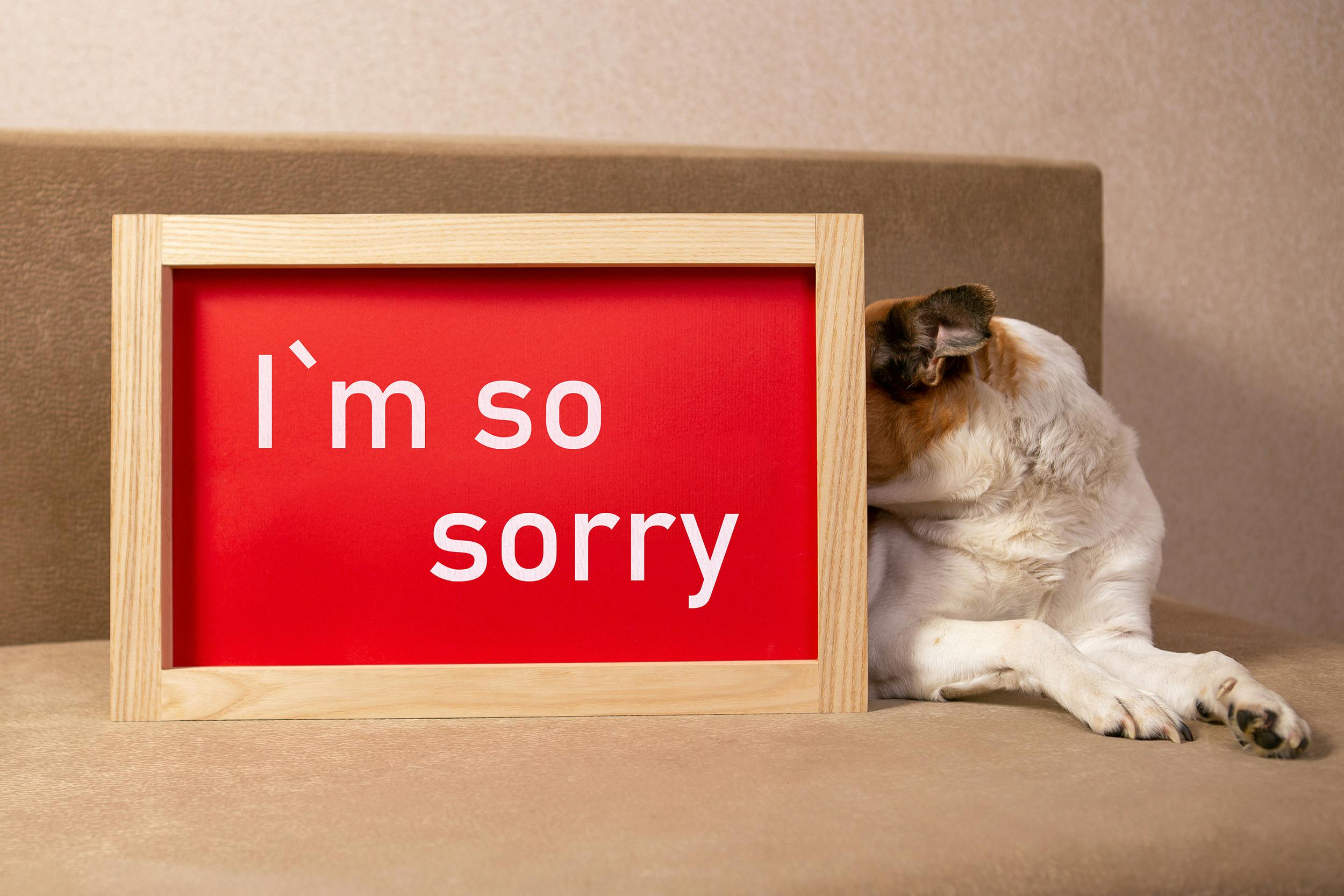A dog lifting their leg on a shrub or lamp post is a common sight for anyone who has spent time around canine companions. And while urine marking is normal for dogs, it can be frustrating if your pup’s target is your vegetable garden or the leg of your new sofa. Luckily, there are steps you can take to limit unwanted marking—especially when you understand why your dog is doing it in the first place.
Why dogs mark
Dogs have an incredible sense of smell. Depending on the breed, dogs can smell an estimated 10,000 - 100,000 times better than humans. This keen sense of smell is essential because dogs rely on their noses to gather information about their surroundings and other dogs.
When a dog marks—whether by urinating or scraping their paws against a surface—they leave behind pheromones that communicate everything from sex and reproductive status to health and emotional state. Marking is also how a dog lays claim to a territory or makes known their place in their social hierarchy.
This method of exchanging information is one of the primary ways dogs communicate. However, urine marking can be a nuisance to many pet parents who may not understand why their dogs mark or how they can prevent marking in unwanted locations.
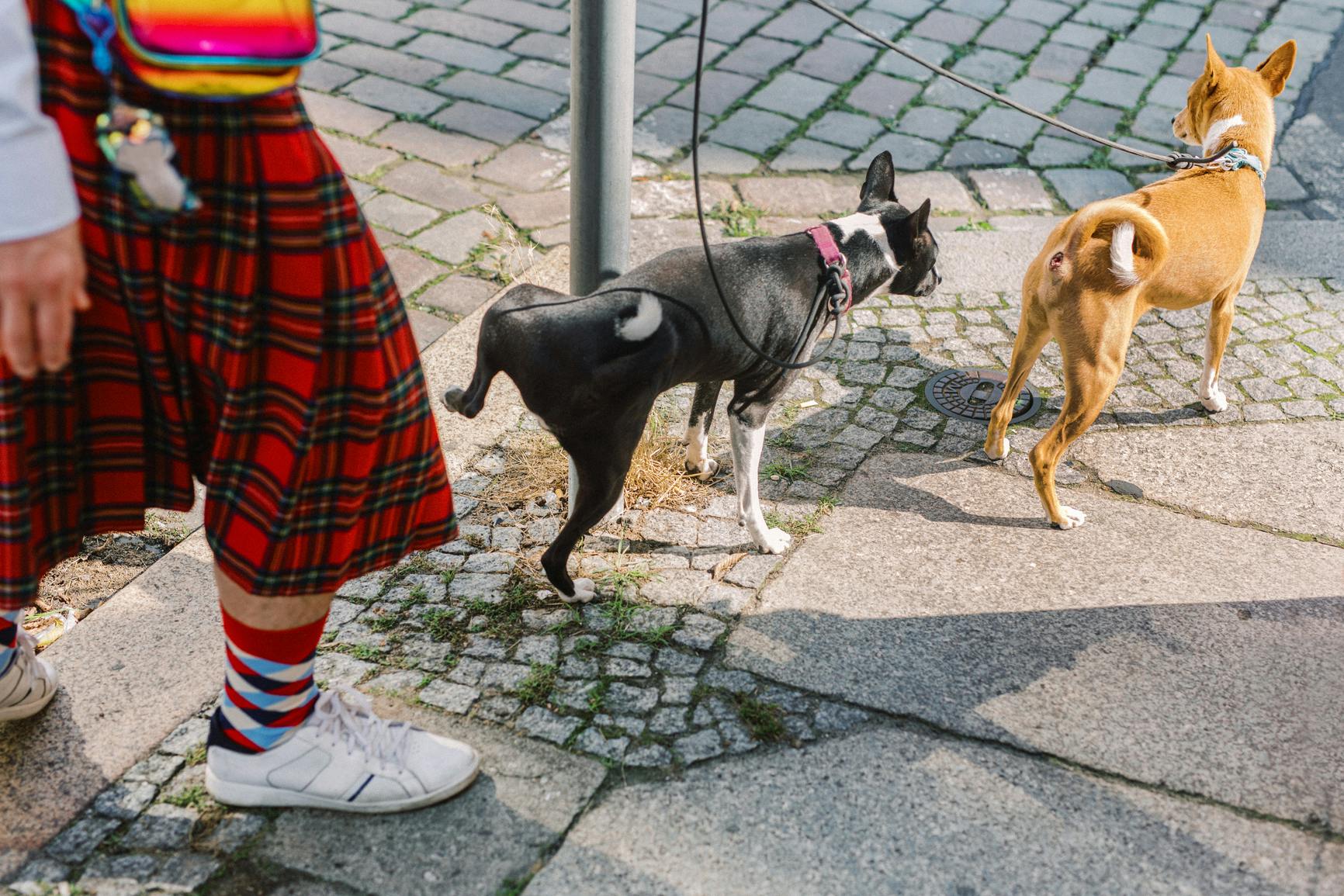
Factors that influence urine marking behaviors
Sex and spay/neuter status
Marking is often thought of as male dog behavior. But female dogs may also engage in marking. A dog’s spay or neuter status can significantly impact the likelihood and frequency of urine marking.
Unneutered males often show the most intense marking behaviors. And female dogs are most likely to mark when they are in heat. Spaying or neutering a dog will often eliminate the tendency to mark. However, if a dog is spayed or neutered later in life and marking habits are firmly ingrained, they may be more challenging to break.
Changes in the environment
Dogs often mark when they encounter something different in their home, yard, or even places like the dog park. The arrival of a new pet, new furniture, or unexpected objects can all trigger a dog to mark to establish their territory. Marking new objects with their scent also provides dogs with a sense of familiarity.
Anxiety or stress
Dogs that are anxious or frustrated may mark as a way to communicate their unease. Possible triggers for stress-induced marking include changes to the daily routine, new house guests, or major disruptions, such as a home remodel.
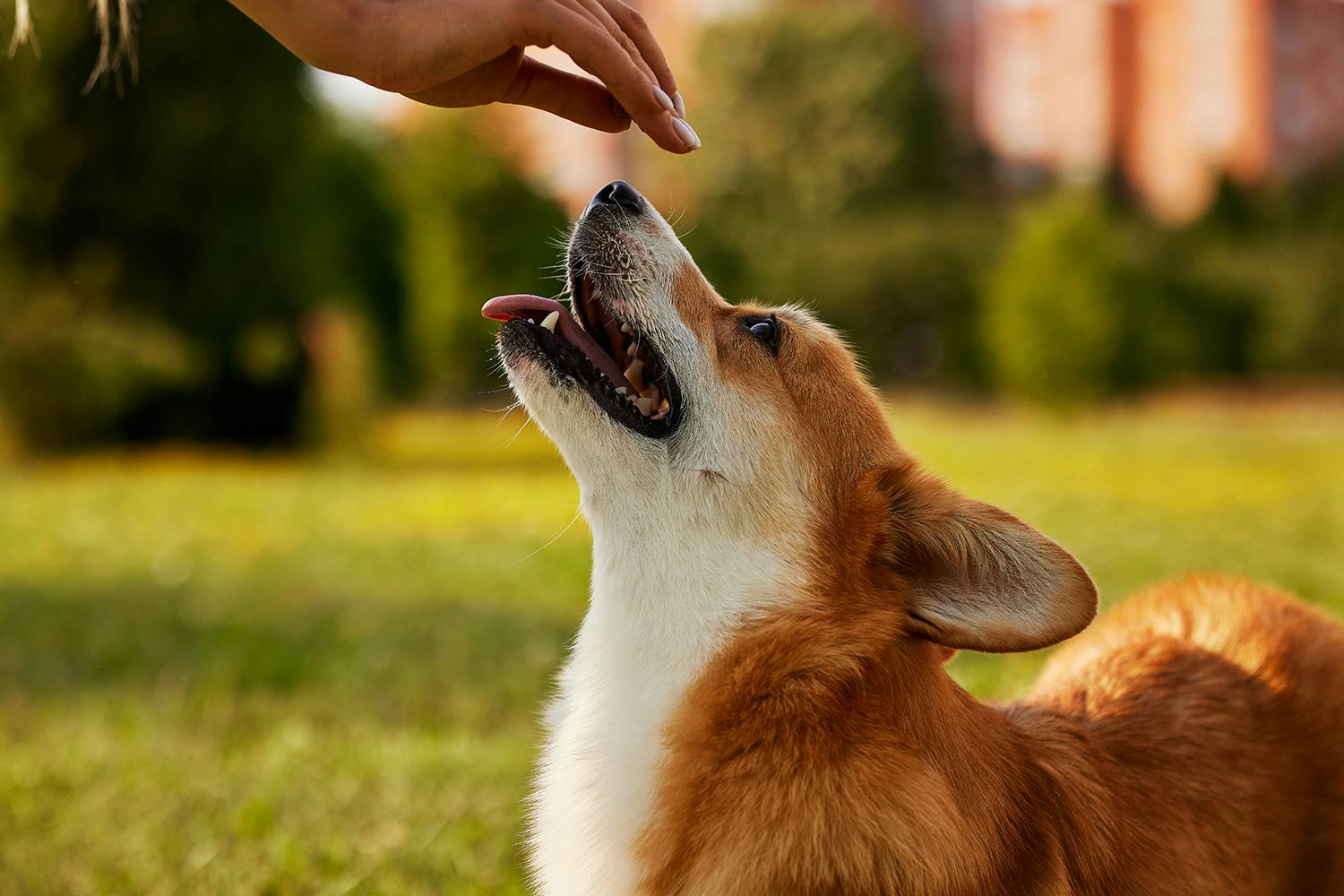
Managing unwanted marking
Before working on a behavior modification plan, it’s important to rule out other possible reasons for inappropriate urination.
Scent marking involves a dog leaving behind a very small amount of urine. Dogs that are marking do not empty their entire bladders. If your dog is having big accidents in the house, it could be due to an underlying medical condition—such as a urinary tract infection. If you see signs such as straining during urination, difficulty urinating, blood in the urine, or other changes in urination habits, a trip to the veterinarian is the best first step. Other possible reasons for accidents in the house include incomplete housebreaking or because your dog has insufficient access to the outdoors.
Once you’ve established that your dog’s behavior is, in fact, scent marking, you can consider the following techniques to curb the behavior.
Spay/neuter
If you don’t plan to breed your dog, consider spaying or neutering them, as this can help reduce marking behaviors.
Positive reinforcement
Reward your dog for appropriate elimination behaviors outdoors to reinforce good habits.
Supervision
Supervise your dog, especially when new people, pets, or objects are around. If you catch your dog in the act of marking, calmly and gently interrupt the behavior. You can use a soft noise or clap your hands to get your dog’s attention. The goal is to distract them from marking without causing fear.
Clean soiled areas
Clean indoor accidents thoroughly with enzymatic cleaners to eliminate the lingering scent that may encourage further marking.
Limit exposure
If your dog consistently marks a particular area, restrict access to it temporarily to break the habit.
Create a safe space
Provide a designated area where your dog can retreat when feeling anxious. This space should be quiet, comfortable, and filled with familiar objects.
Consult a professional
If unwanted marking continues or becomes severe, consider seeking advice from a veterinary behaviorist or professional dog trainer.
It’s also important to remember never to punish your dog for urine marking. Instead, focus on prevention and positive reinforcement for appropriate elimination behavior.
